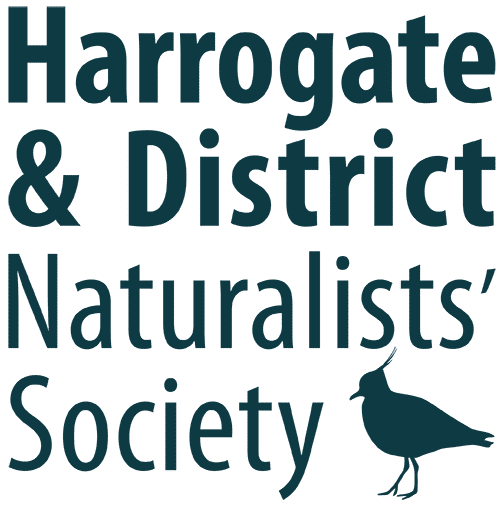This is an occasional newsletter from your BTO Regional Representative, it will be updated from time to time with information relevant to the Harrogate and District Naturalists’ recording area. Contact me by email: mikebtorep@gmail.com or by phone: 01423 567382, mobile: 07900 301112. Website: www.bto.org
Bird Atlas 2007-11
One of the most ambitious volunteer projects ever undertaken, to map all our birds in both winter and the breeding season and from every part of Britain and Ireland. Over 40,000 volunteers spent four years scouring the countryside in search of birds, submitting their records to the BTO to integrate local information on bird numbers into coherent national pictures on the state of Britain and Ireland’s bird populations and finding some startling results along the way.
Over the last 40 years the British breeding areas for 74 (8%) of our bird species have expanded beyond their previously known range, whilst for 72 (37%) of them the range has shrunk and for 47 (24%) it has remained relatively unchanged. But what is rather surprising is that for nearly all of them there has been a shift in where they live. Every species has a story to tell.
For those species that spend the winter months with us the changes have been very different. Over three quarters of species were found in more areas than three decades ago. Improved coverage of remote areas explains some but not all of these gains, but the 8% of species now found in fewer areas are of real concern.
So, what are the surprises? Forty years ago the Little Egret was very much a bird of the Mediterranean but in 1996 this small white heron bred here for the first time. Since then it has increased its range in Britain by a whopping 16,350% and has become a familiar bird for many and one that our children will grow-up with and associate with British wetlands.
The charismatic Green Woodpecker exemplifies the complex changes we see. It has become more common in eastern England and has spread northwards into parts of eastern Scotland. Meanwhile, it has begun to disappear from western Wales, an area that is also losing its Lapwings, Kestrels and Starlings.
The “little bit of bread and no cheese” of the Yellowhammer is a sound that is disappearing from our countryside. Forty years ago the species could be heard singing in almost every village in Britain and Ireland. But Yellowhammers are now missing from large swathes of Ireland, western Scotland, southern Wales and northern England, representing a 32% contraction for this formerly widespread breeding bird.
The new Atlas is considerably larger than previous editions running to just over 700 pages packed with invaluable data and illustrated with numerous excellent photographs. Copies can be obtained directly from the BTO at £69.99 plus p.&.p.
Please contact me if you are interested in current BTO surveys, e.g. The Breeding Bird Survey, Garden Birdwatch or Winter Thrushes.
Mike Brown.
